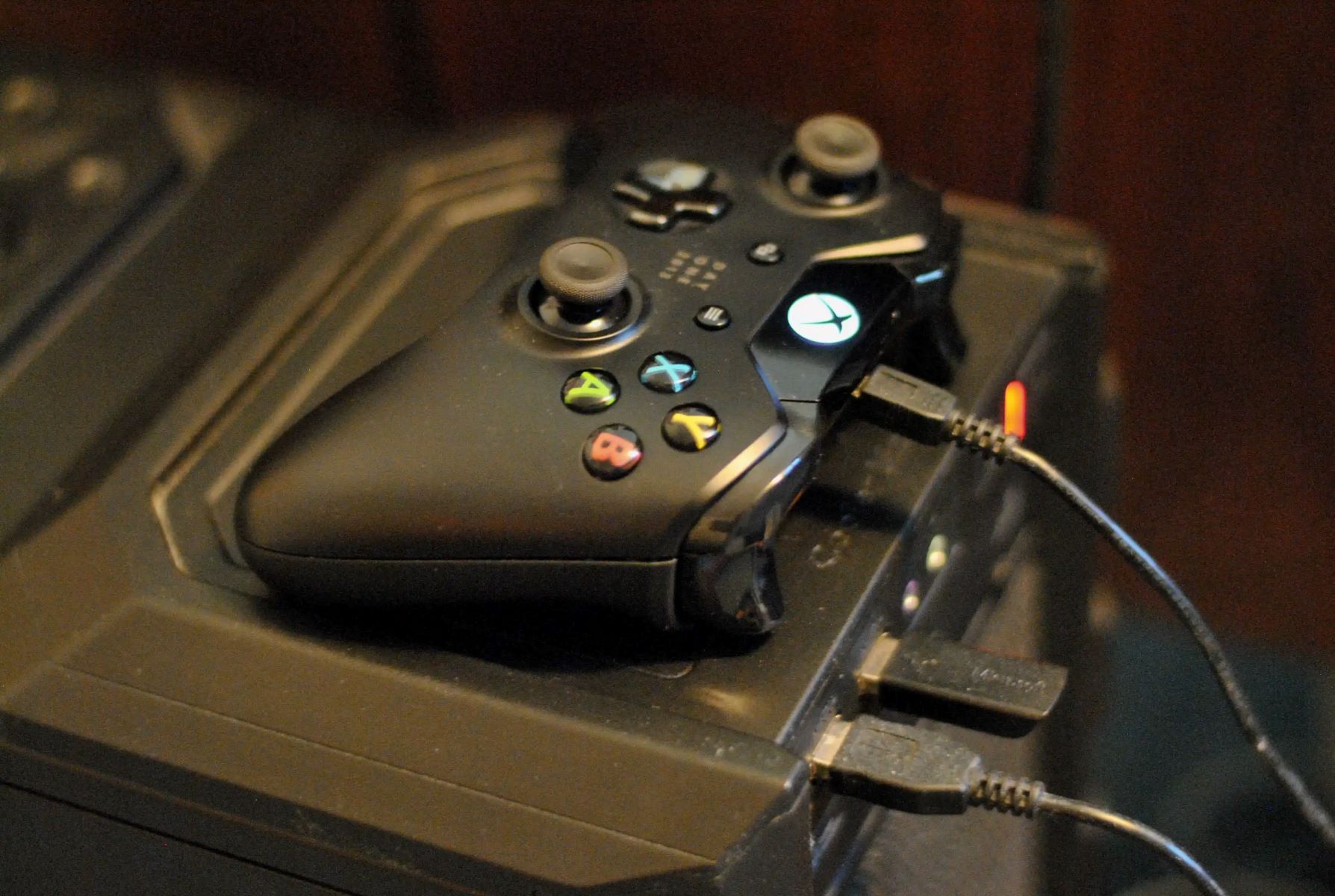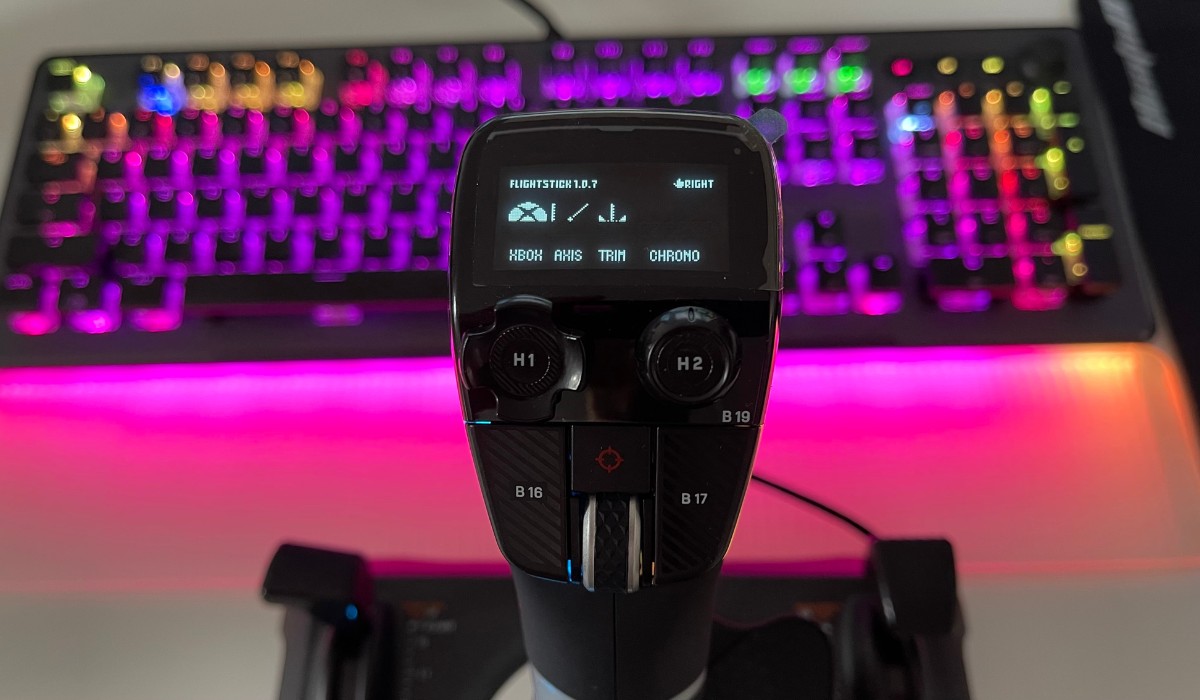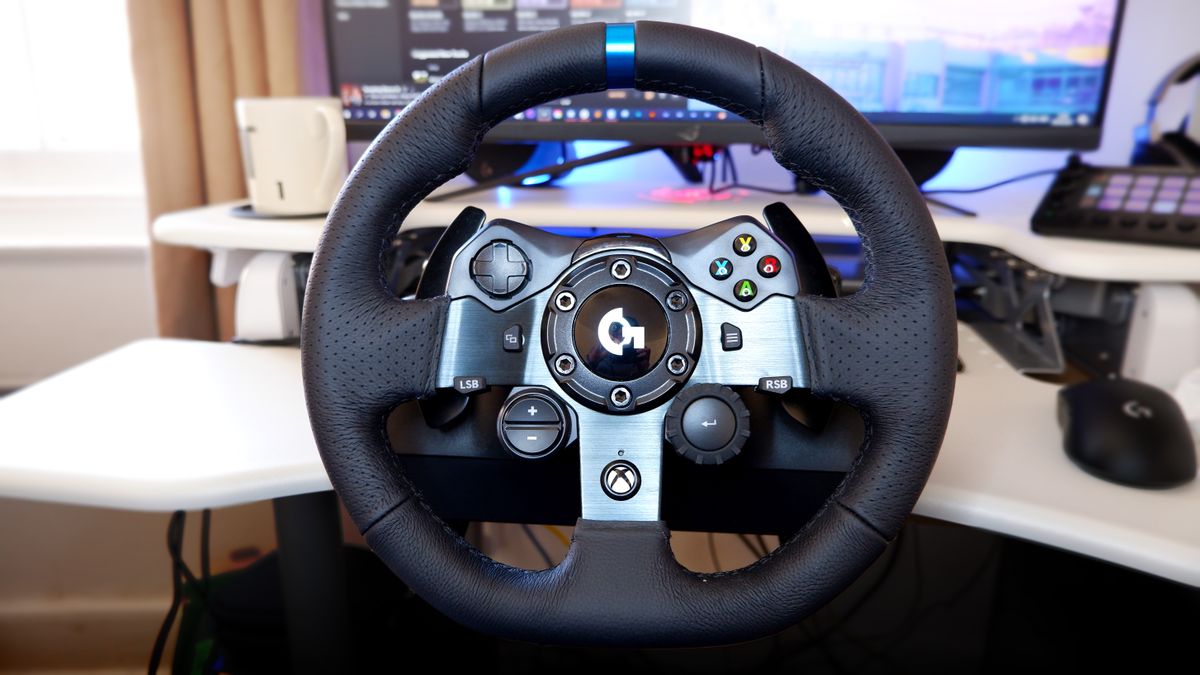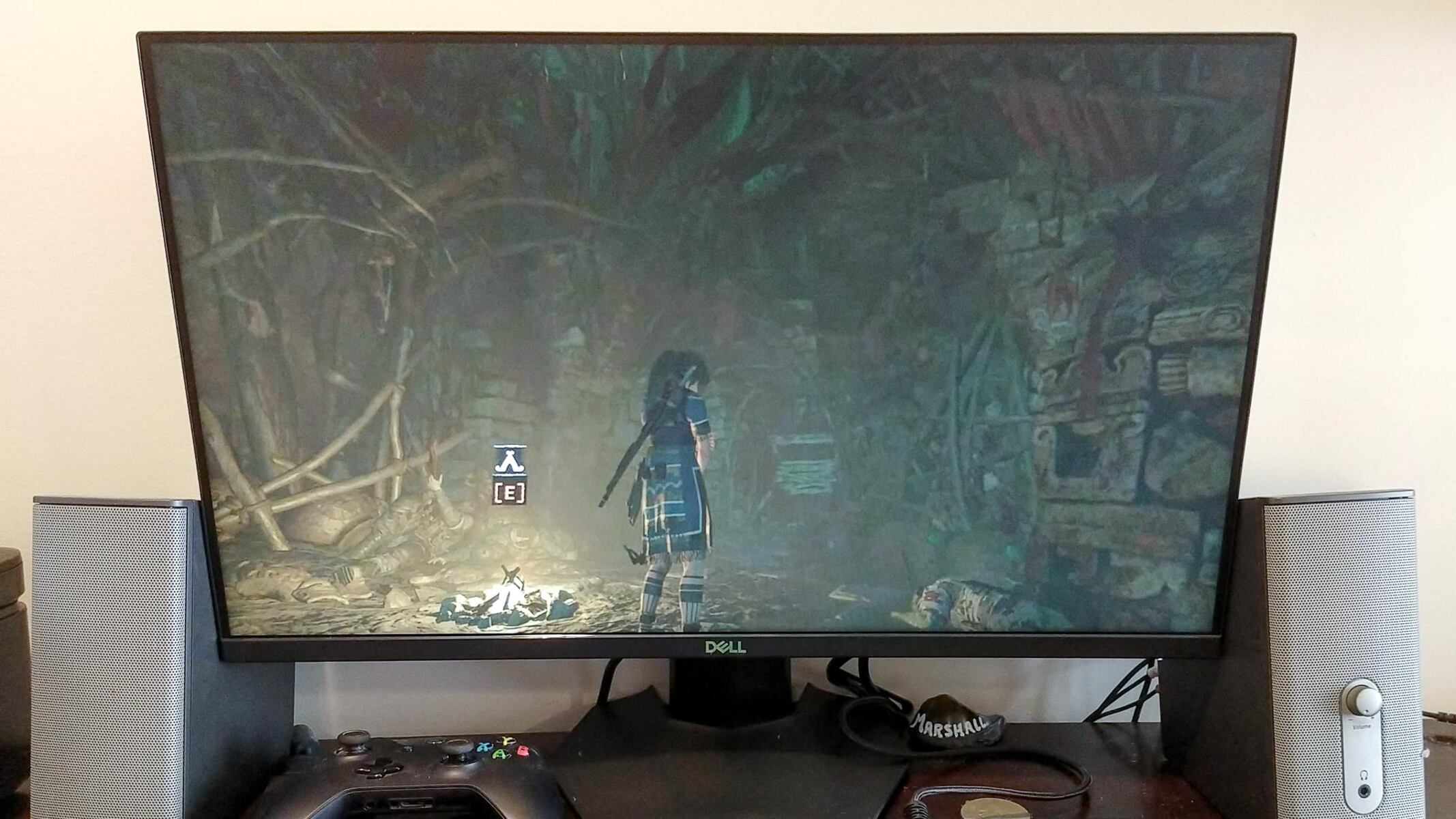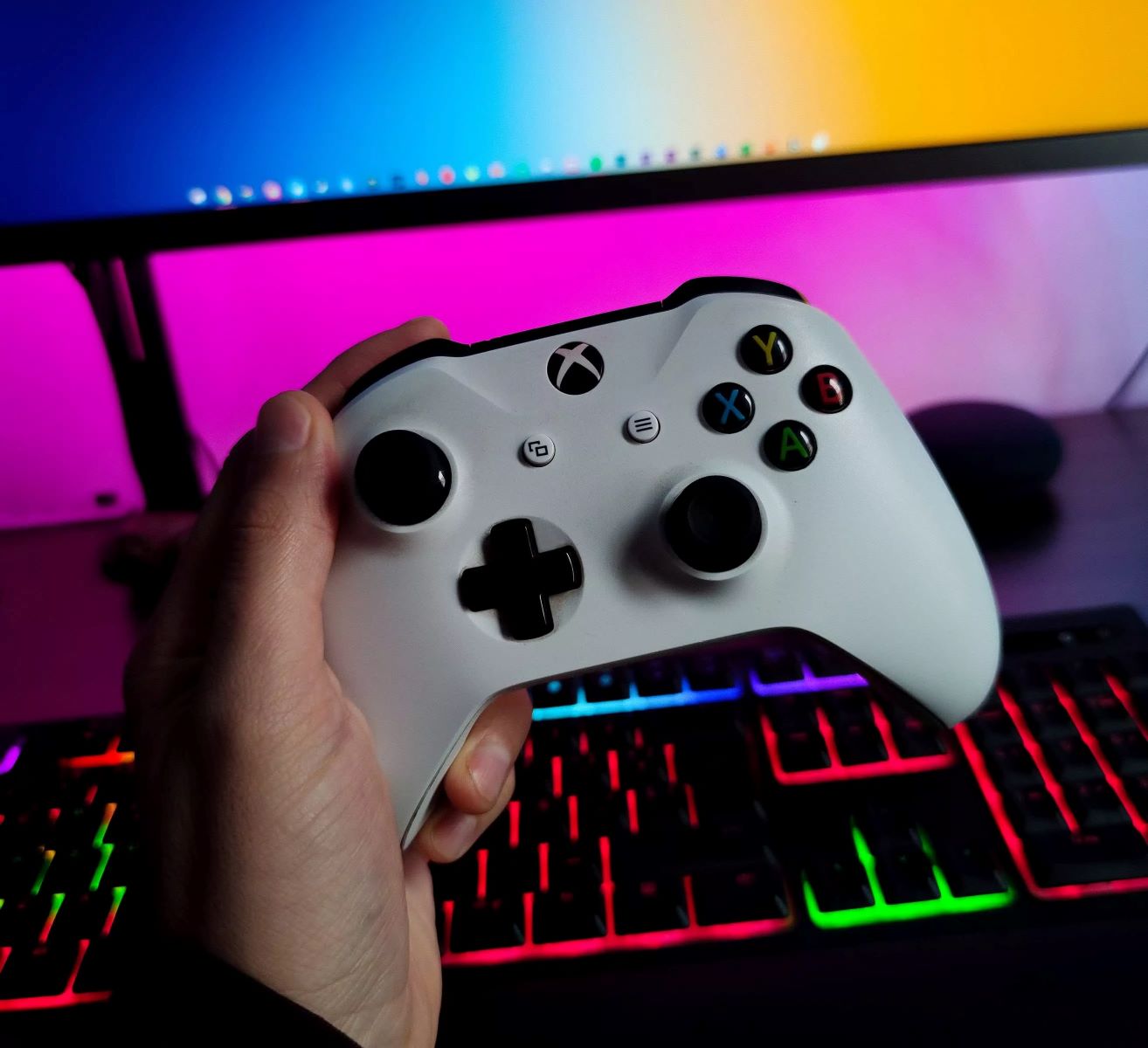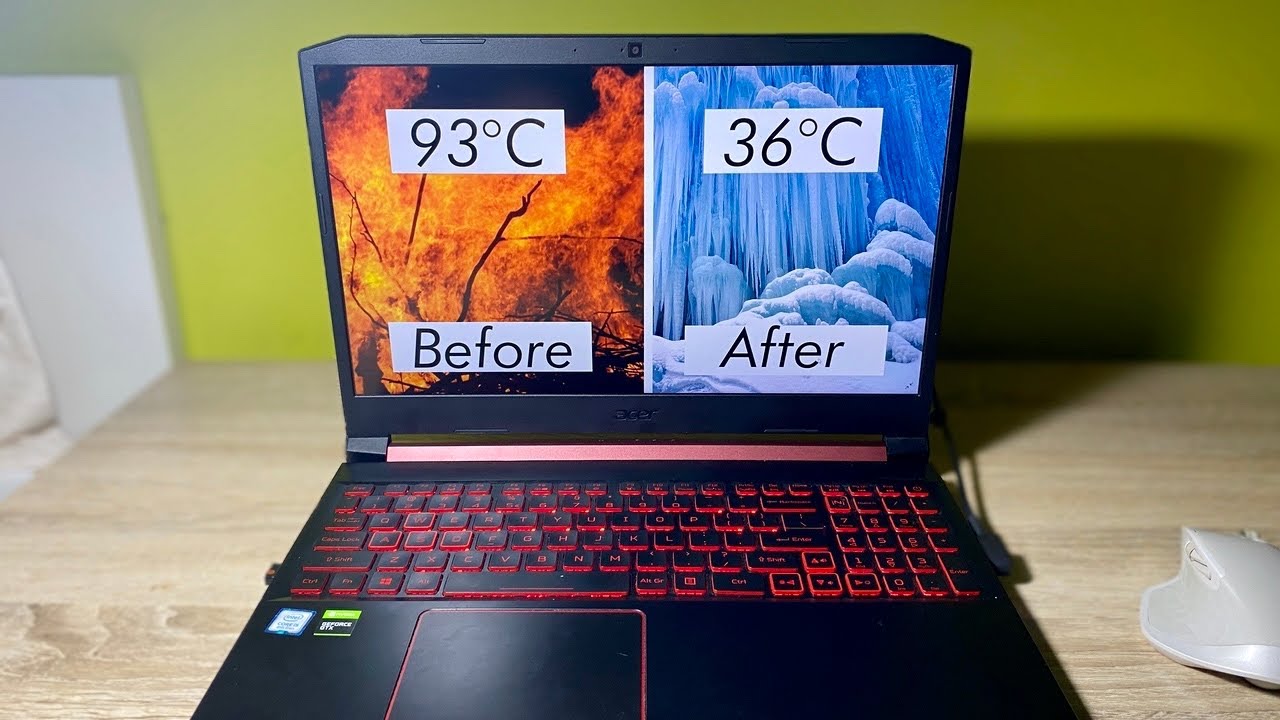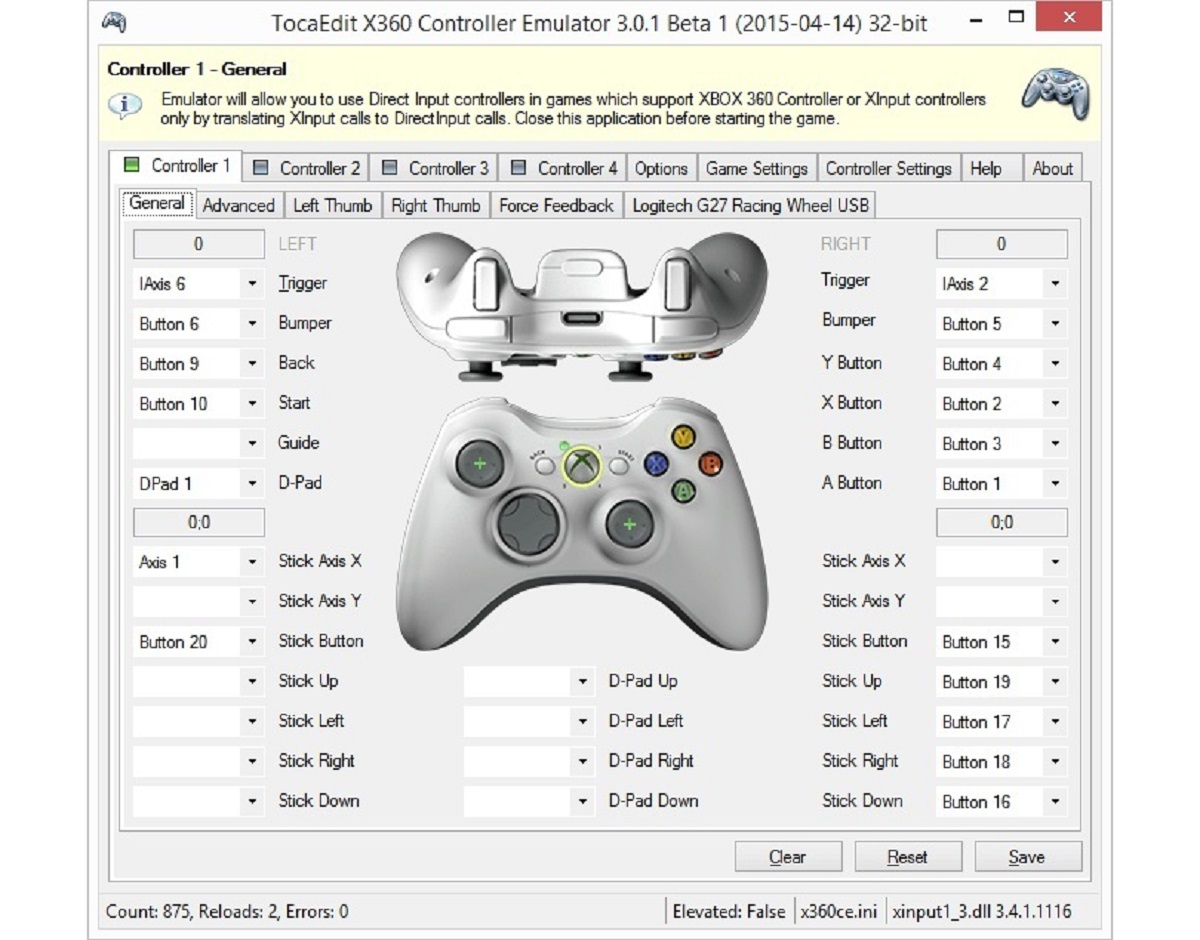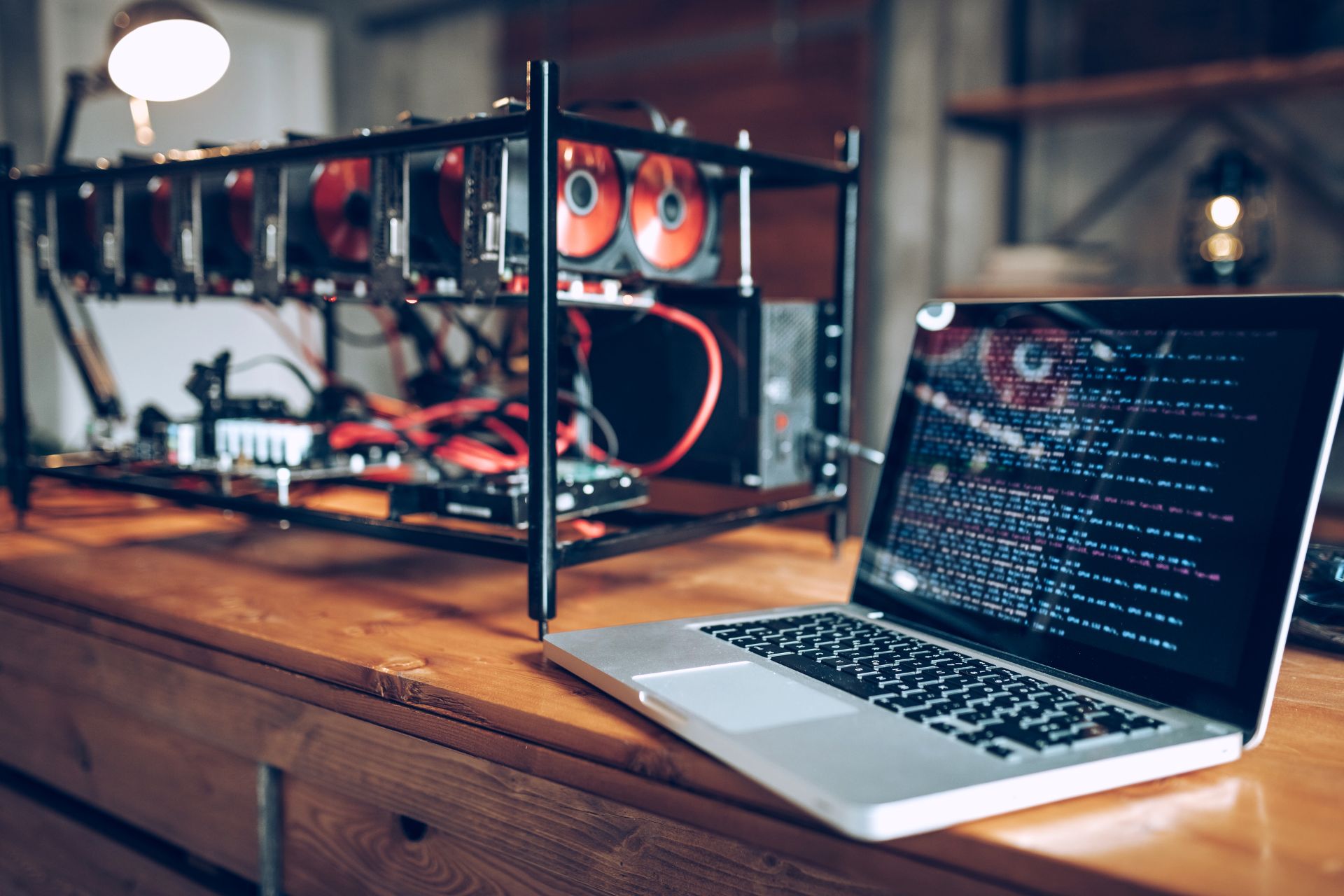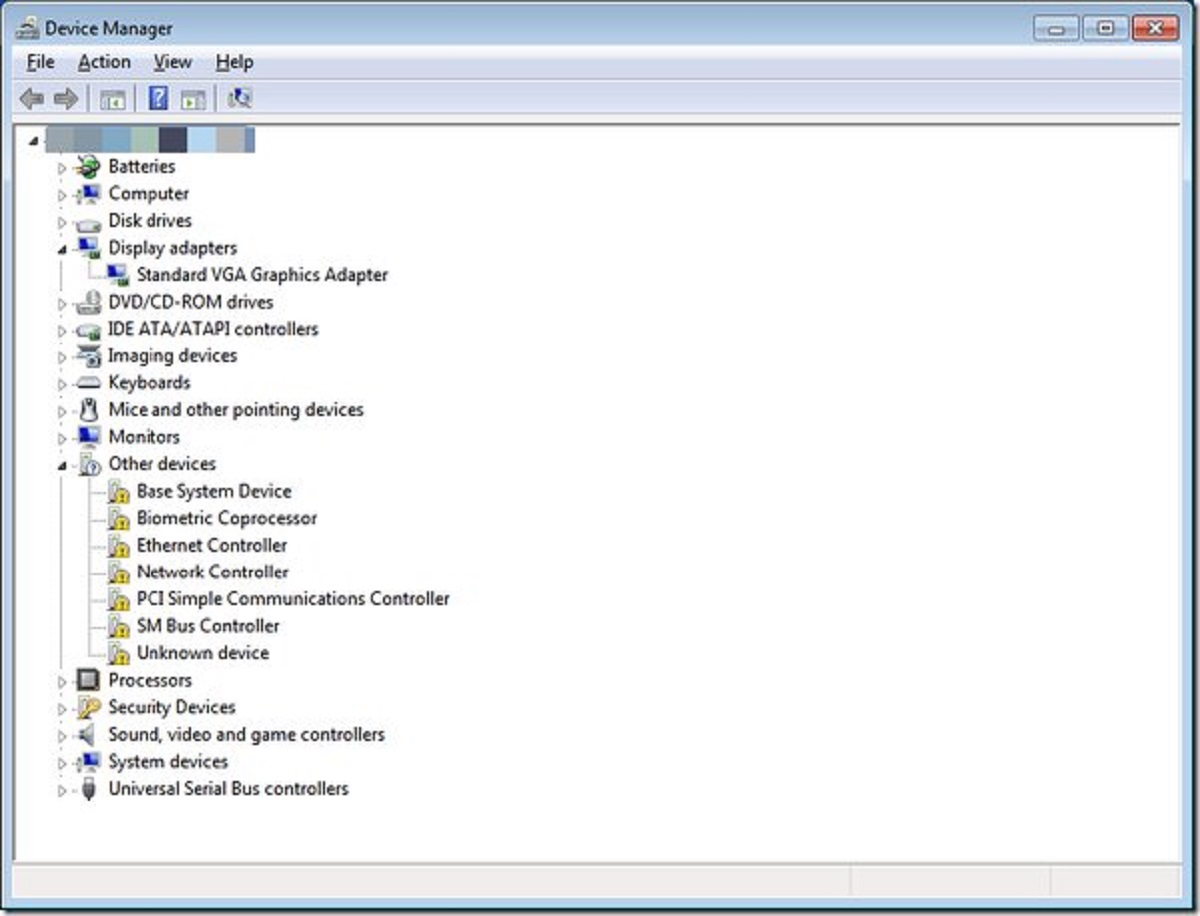Introduction
Introduction
If you've ever connected a game controller to your computer and found that it doesn't work as expected, you're not alone. Many gamers encounter this issue, and the culprit is often an outdated or missing driver for the game controller. A driver is a crucial piece of software that allows your computer to communicate with and control the connected hardware. Without the appropriate driver, your game controller may not function properly, if at all.
In this guide, we'll explore several methods to help you find the driver for your game controller. Whether you're using a PlayStation, Xbox, or any other type of game controller, the steps outlined here will assist you in locating and installing the necessary driver to get your controller up and running seamlessly.
Before diving into the specific methods, it's important to note that the process of finding a driver for your game controller may vary depending on the type and brand of the controller, as well as the operating system of your computer. However, the general principles and steps provided in this guide can be adapted to suit your specific setup.
Now, let's delve into the various approaches you can take to find the driver for your game controller and ensure that you can enjoy your gaming experience to the fullest. Whether you're a casual gamer or a dedicated enthusiast, having a well-functioning game controller can significantly enhance your gaming sessions. Let's get started on the journey to resolving the driver-related issues with your game controller.
Checking Device Manager
When your game controller is not working as expected, one of the first steps to troubleshoot the issue is to check the Device Manager on your Windows computer. The Device Manager provides a comprehensive view of all the hardware devices connected to your system, including game controllers. Here’s how you can use the Device Manager to identify and potentially resolve driver-related issues with your game controller:
- Accessing the Device Manager: To open the Device Manager, right-click on the Start button and select “Device Manager” from the context menu. Alternatively, you can press the Windows key + X and then choose “Device Manager” from the list.
- Locating the Game Controller: Once the Device Manager window opens, look for the “Human Interface Devices” category and expand it. Your game controller should appear as a device listed under this category. It may be identified by its specific model name or simply as a “USB Input Device” or “HID-compliant game controller.
- Checking for Issues: Right-click on the game controller device and select “Properties.” Navigate to the “Driver” tab, where you can view information about the currently installed driver, including its version and status. If there are any issues with the driver, such as it being outdated or not functioning correctly, you will likely see a warning or error message here.
- Updating the Driver: If you suspect that the driver for your game controller is causing the problem, you can attempt to update it directly from the Device Manager. Right-click on the game controller device, select “Update driver,” and follow the on-screen instructions to search for and install any available updates.
By utilizing the Device Manager, you can quickly assess the status of the driver for your game controller and take steps to address any issues that may be present. However, if updating the driver through the Device Manager does not resolve the issue, there are additional methods to consider, which we’ll explore in the following sections.
Using Windows Update
If you’ve checked the Device Manager and determined that your game controller’s driver needs updating, one effective method for obtaining the latest driver is through Windows Update. Windows Update is a built-in feature of the Windows operating system that allows users to download and install updates, including device drivers, to enhance system performance and compatibility. Here’s how you can utilize Windows Update to potentially resolve driver-related issues with your game controller:
- Accessing Windows Update: To access Windows Update, type “Windows Update settings” in the search bar and select the corresponding option from the results. Alternatively, you can open the Settings app, navigate to “Update & Security,” and then click on “Windows Update.”
- Checking for Updates: Once in the Windows Update settings, click on “Check for updates.” Windows will then scan for available updates, including device drivers, and display a list of items that can be updated.
- Installing Driver Updates: If Windows Update identifies an updated driver for your game controller, it will be listed as an optional or recommended update. You can select the driver update specifically for your game controller and proceed with the installation process.
- Restarting Your Computer: After the driver update is installed, it’s advisable to restart your computer to ensure that the changes take effect. A system reboot can help finalize the driver installation and allow your game controller to function optimally.
By leveraging Windows Update, you can potentially acquire the latest driver for your game controller, addressing any compatibility or performance issues that may have been present with the previous driver version. However, if Windows Update does not offer the desired driver update or if you encounter any difficulties during the update process, there are alternative avenues to explore, which we’ll delve into in the subsequent sections.
Visiting the Manufacturer’s Website
When seeking to obtain the most current and compatible driver for your game controller, visiting the official website of the manufacturer is often a reliable and recommended approach. The manufacturer’s website is a valuable resource for accessing the latest drivers tailored specifically for your game controller model and ensuring optimal performance and compatibility with your computer. Here’s a guide on how to navigate the manufacturer’s website to secure the appropriate driver for your game controller:
- Identifying the Manufacturer: Determine the brand and model of your game controller. This information is typically located on the controller itself or its packaging. Once you have the details, visit the official website of the manufacturer. Common game controller manufacturers include Sony (PlayStation), Microsoft (Xbox), Logitech, and others.
- Locating the Support or Downloads Section: Navigate to the support or downloads section of the manufacturer’s website. This area is where you can find drivers, software updates, and other resources related to your specific game controller model.
- Searching for the Driver: Use the search or browse function on the website to locate the driver for your game controller. You may need to input the exact model name or number of your controller to narrow down the search results and find the appropriate driver download.
- Downloading and Installing the Driver: Once you’ve located the correct driver for your game controller, download the file to your computer. Follow the manufacturer’s instructions for installing the driver, which may involve running an executable file or extracting and installing the driver manually.
By directly obtaining the driver from the manufacturer’s website, you can ensure that you are accessing the most up-to-date and compatible software for your game controller. Manufacturers often release driver updates to address performance enhancements, bug fixes, and compatibility improvements, making it beneficial to regularly check for and install the latest drivers for your gaming peripherals. However, if navigating the manufacturer’s website proves challenging or if the driver obtained from the website does not resolve the issues with your game controller, there are alternative methods to consider, which we’ll explore in the subsequent section.
Using Third-Party Driver Update Software
For those seeking a more automated and comprehensive approach to managing device drivers, utilizing third-party driver update software can offer convenience and efficiency in obtaining the necessary driver for your game controller. These software applications are designed to scan your system, identify outdated or missing drivers, and provide a streamlined method for updating them. Here’s how you can leverage third-party driver update software to address driver-related issues with your game controller:
- Researching and Selecting a Reputable Software: Conduct research to identify well-established and reputable third-party driver update software. Look for user reviews, ratings, and recommendations to choose a reliable program known for effectively updating and managing device drivers.
- Downloading and Installing the Software: Visit the official website of the chosen third-party driver update software and download the installation package. Follow the provided instructions to install the software on your computer.
- Scanning for Driver Updates: Launch the driver update software and initiate a system scan. The software will analyze your system’s hardware components, including your game controller, and identify any outdated or missing drivers, including the driver for your game controller.
- Reviewing and Installing Updates: Upon completion of the scan, the software will present a list of identified driver updates, including the driver for your game controller. Review the list and select the option to update the game controller driver. The software will then download and install the updated driver automatically.
- Monitoring and Maintenance: After updating the driver for your game controller, the third-party software may offer additional features for monitoring and maintaining your system’s drivers. Explore these features to ensure that your drivers remain up to date and functioning optimally.
By utilizing third-party driver update software, you can streamline the process of identifying and updating the driver for your game controller, potentially resolving any compatibility or performance issues that were present with the previous driver version. However, it’s essential to exercise caution and select reputable software from trusted sources to avoid potential security risks or compatibility issues. Additionally, if third-party software does not provide the desired results or if you prefer alternative methods, there are additional avenues to explore, as we’ll discuss in the subsequent sections.







